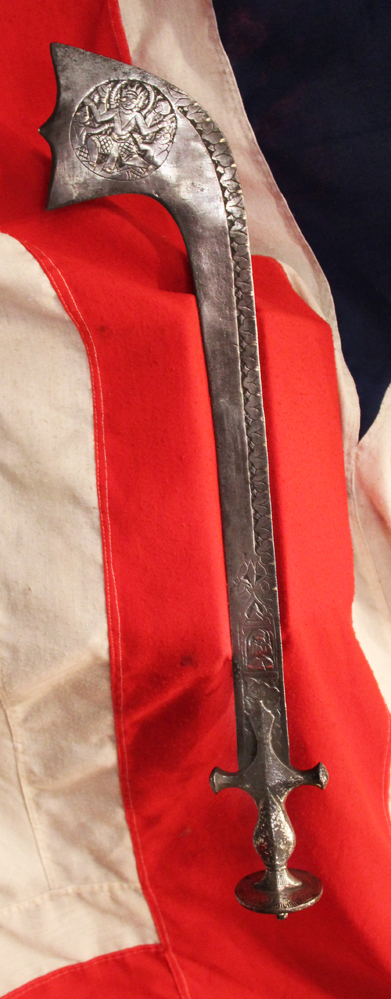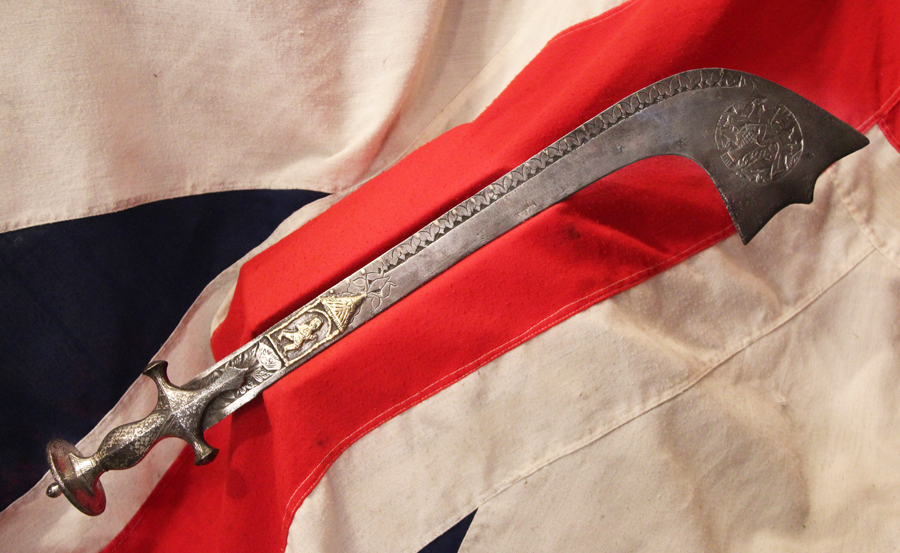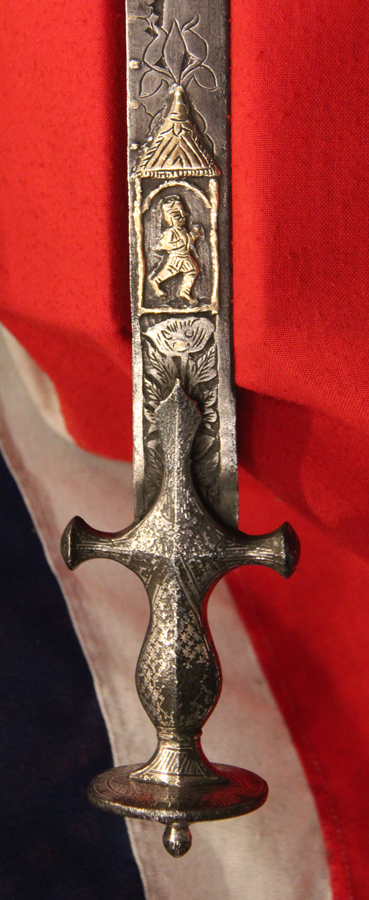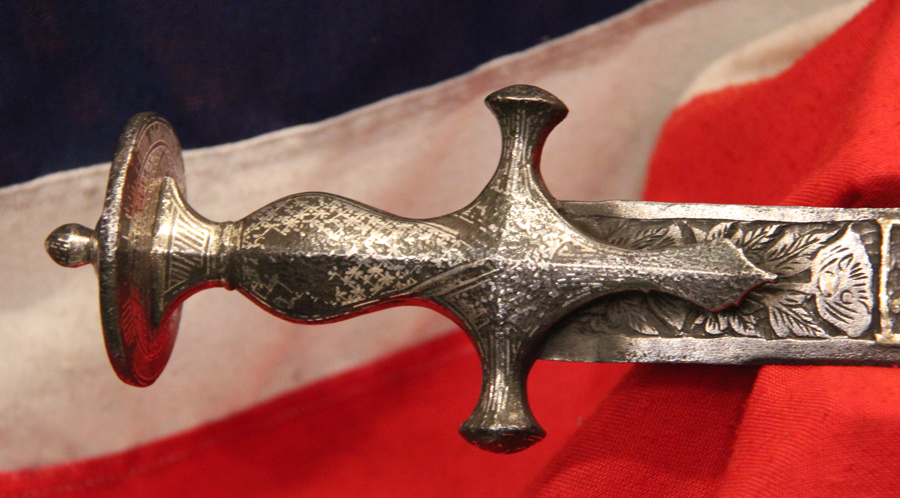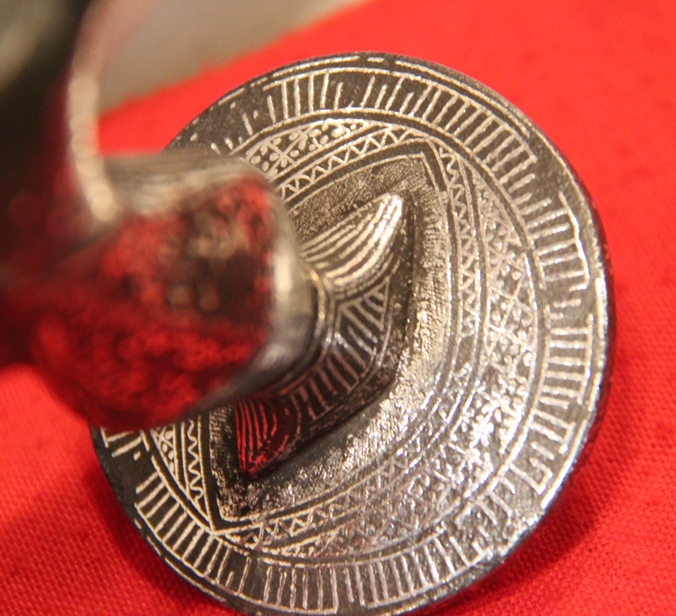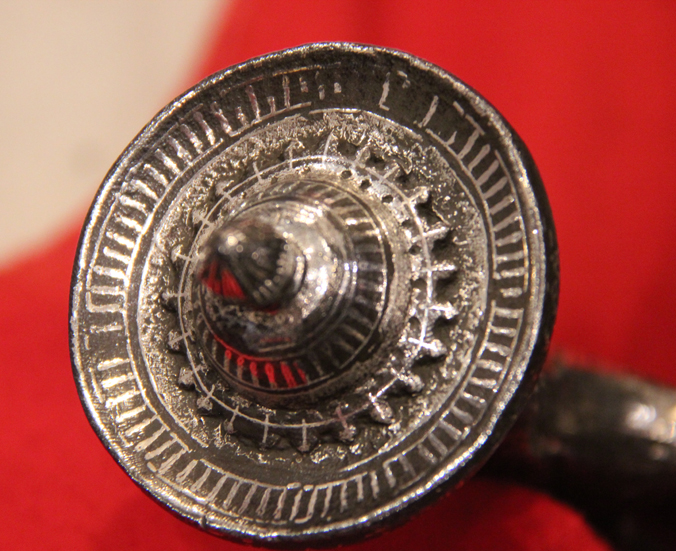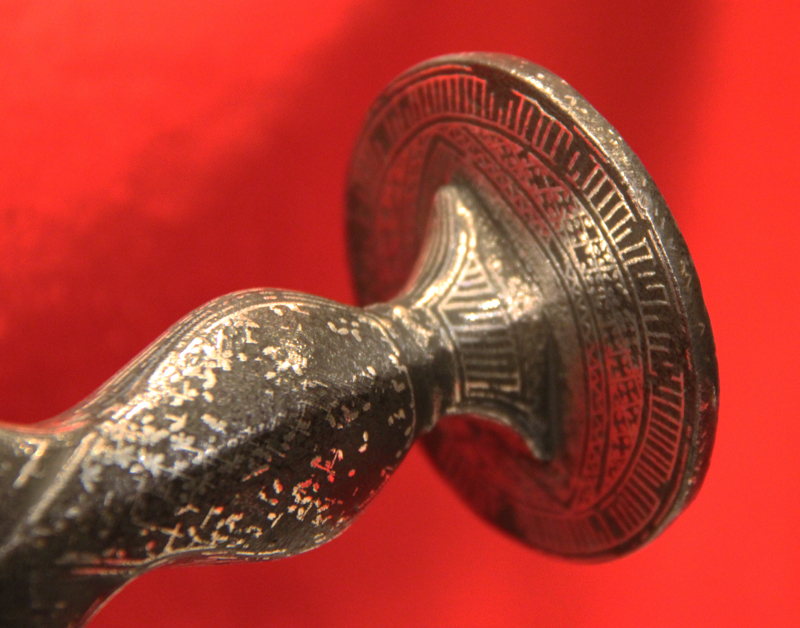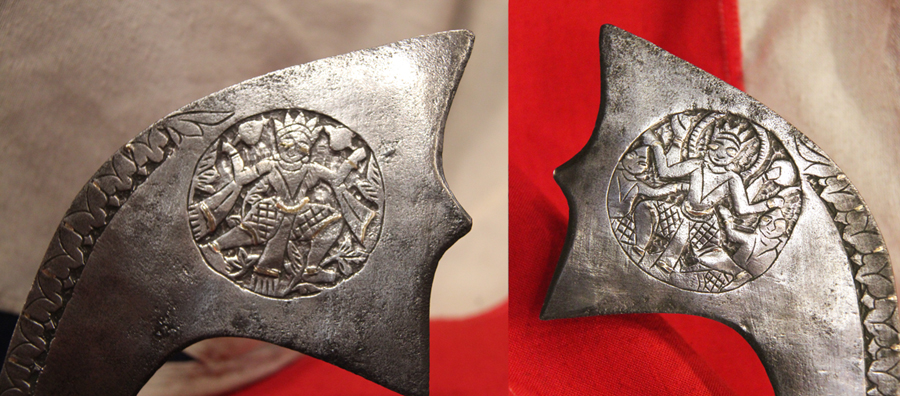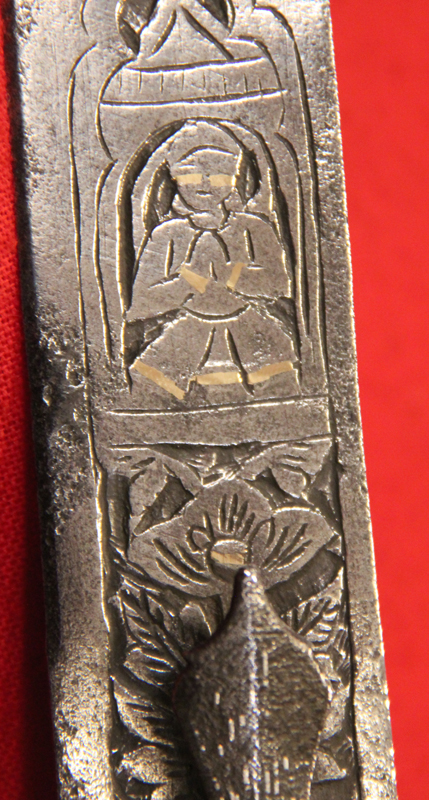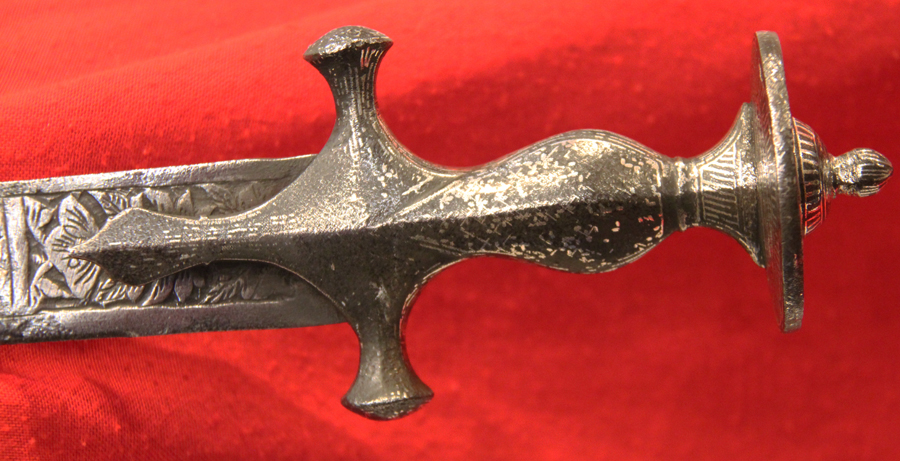A Stunningly Beautiful and Superb Ghurka’s Antique Koftgari Decorated Silver Hilted Kora
The Kora is the second best but little known weapon of the Ghurkas of Nepal, the first being the legendary Kukri (Khukuri), both edged weapons are national weapons of Nepal. The third used sword is the forward curved blade of Nepal, the Ram Dao, it is only used in religious affairs and was doubtfully used in times of war.
Like Nepal, the Kora & Kukri are strongly associated with the Gurkhas and was firstly illustrated in Col. William Kirkpatrick's work "An Account of the kingdom of Nepaul" published in London, 1811 based on his travels in 1793 to Nepal. There both the Kukri and Kora is for the first time illustrated to the wider worlds public. The Kora was traditionally used warfare and personal protection, but also played and still plays a function in the religious sphere where it is used to behead sacrificial animals in one blow, otherwise believed to bring bad fortune and the sacrifice is considered useless. Thus both a skilled man and a formidable blade is needed, the Kora certainly passes the criteria! Lord Egerton and Rawson share the main idea that the forward curved blade most likely goes back to the Egyptian Khopesh and from there over to the Grecco-Roman world where it was called Kopis. Most authors, collectors and people with knowledge will agree on this, so far it?s the best option we have. So much of the past, its history is forgotten, unrecorded and often only minor fragments remain
Similarly with the Kora (or Kukri), for that sake we only know a small drop of water in a great ocean?and can not blindly focus on only that but gather more info, facts, discuss and contemplate upon the matter to perhaps reach a better understanding. It is believed this is what specially Lord Egerton and Rawson did, added knowledge, expanded our understanding and shed some light on the little known weapons, of the Indian sub-continent, thus it why they can be held in such high regard.
Code: 22405
995.00 GBP

